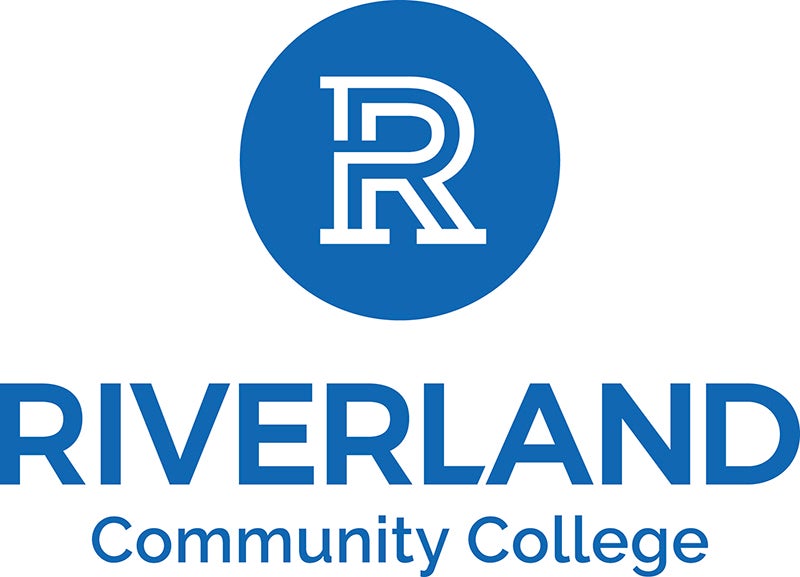What’s healthy?
Published 10:37 am Thursday, October 18, 2012

Fifth-grader Chase Hall tries to guess the nutritional value of several types of pasta Tuesday morning at Sibley Elementary School. -- Trey Mewes/Albert Lea Tribune
C is for cookie, but it may not be good enough for you.
Instead, try fruits, vegetables, proteins or other grains to get you through the day, or so Hy-Vee Dietitian Amy Pleimling told Sibley Elementary School fifth-graders Tuesday morning.

Mia Fjelsta guesses the nutritional value of several cereals during Amy Pleimling’s nutrition presentation Tuesday morning at Sibley Elementary School.
Pleimling and Albert Lea Area Schools officials are partnering up once again to give students some nutritional facts without all the sugary fluff.
“They’re actually real eager to learn how to be healthier,” Pleimling said.
The lessons take care of a nutrition component required by state education standards, while Pleimling gets to spread the messages she teaches at smaller Hy-Vee classes about healthy eating throughout the district.
For example, a person usually needs to eat a new food about 15 times before they can decide whether they like them. Whole grain crackers, bread and pasta are a lot healthier than their non-whole grain counterparts. Pizza can have all of the food groups, depending on the toppings. And ice cream, while full of sugar, is technically part of the dairy group.

Mia Fjelsta guesses the nutritional value of several cereals during Amy Pleimling’s nutrition presentation Tuesday morning at Sibley Elementary School.
“I was surprised about the ice cream,” said Anthony Anderson, a fifth-grader at Sibley Elementary.
Anderson liked the nutrition lessons and thought it was fun to learn about the different food groups. The lessons are for fifth-graders only, as they are at the best age to understand complicated nutrition concepts. In addition, their progress will be measured throughout the school year.
Each student took a nutrition test earlier this school year to find out what they know about healthy eating and living. Pleimling will go to each fifth-grade class throughout Albert Lea over the next several weeks, and will visit each class in the winter and spring, where she will teach about sugars and the benefits of exercising outside. After her lessons, students will take the same nutrition test to see how well they retained all that nutritional information.
If it was anything like last year, students should do very well according to Pleimling. While her goal last year was to see whether the program could work, she was surprised to find more than 90 percent of students earned an A in the spring.
The best possible outcome? Students could learn healthy eating routines that would prevent potential diseases and conditions as they get older.
“They’re ready to learn, and they’re ready to go home and put it into practice,” Pleimling said.



